Services
About Digital Strategy
Digital strategy is an important strategy for enterprises to respond to the information age, aiming to improve operational efficiency, innovate business models, and enhance competitiveness through digital technology. With the rapid development of Internet, big data, artificial intelligence and other technologies, digitalization has become an inevitable trend of enterprise development.
The core of digital strategy lies in deeply integrating various business processes of enterprises with digital technology, achieving data-driven decision-making and management. Through digital technology, enterprises can better grasp customer needs, optimize production processes, reduce costs, and improve efficiency, thus standing out in fierce market competition.
-
Improving Enterprise Operation Efficiency and Competitiveness
-
The Deep Integration of Digital Technology and Business Processes
-
Achieving Data-Driven Decision-Making and Management
-
Increasing Market Share and Creating New Growth Points
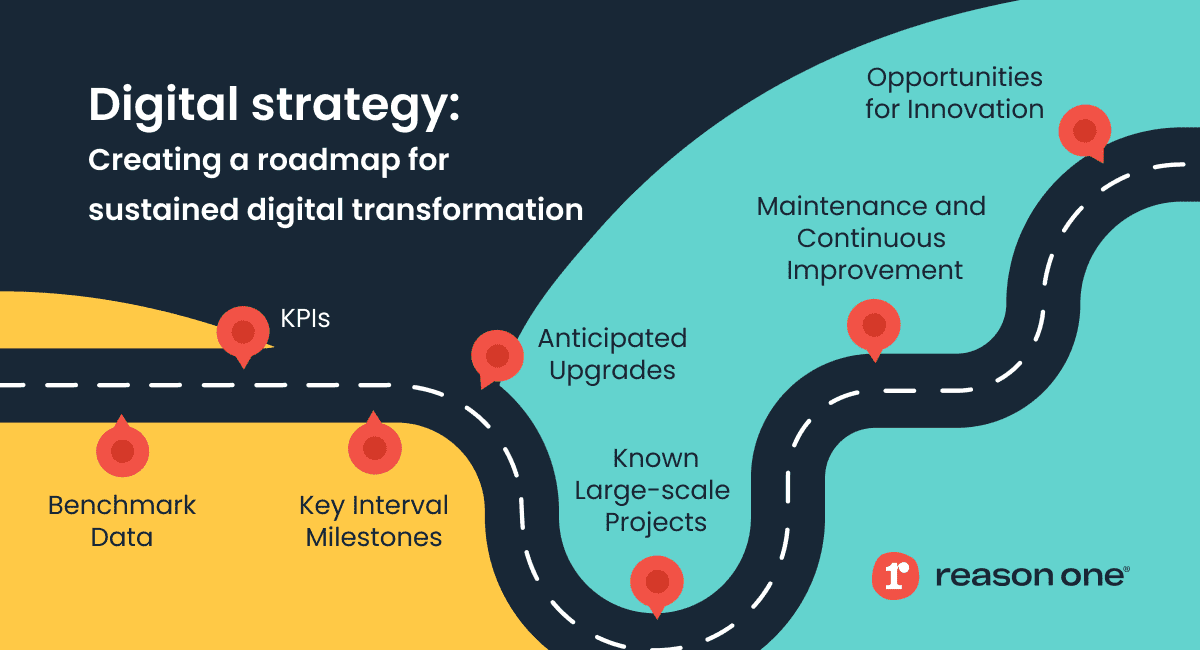
About Product Innovation
Product innovation is pivotal in the world of business. It is not merely about creating something new; it's about addressing unmet needs, solving complex problems, or pioneering entirely new market segments. It is the lifeblood of any enterprise seeking to stay relevant and competitive in today's rapidly evolving business landscape.
At its core, product innovation involves the introduction of new products or significant modifications to existing ones. This could take the form of technological advancements, enhanced features, improved performance, or a superior user experience. It often requires a deep understanding of consumer behavior, market trends, and competitive landscapes. To achieve this, enterprises must invest in research and development, fostering a culture of creativity and risk-taking. They must also ensure the protection of any intellectual property that arises from these innovations.
-
Product innovation is the lifeblood of enterprises.
-
Understanding market and consumer needs is key to innovation.
-
Innovation requires investment in research and development, as well as cultural nurturing.
-
Product innovation drives enterprise growth, customer satisfaction, and market dominance.
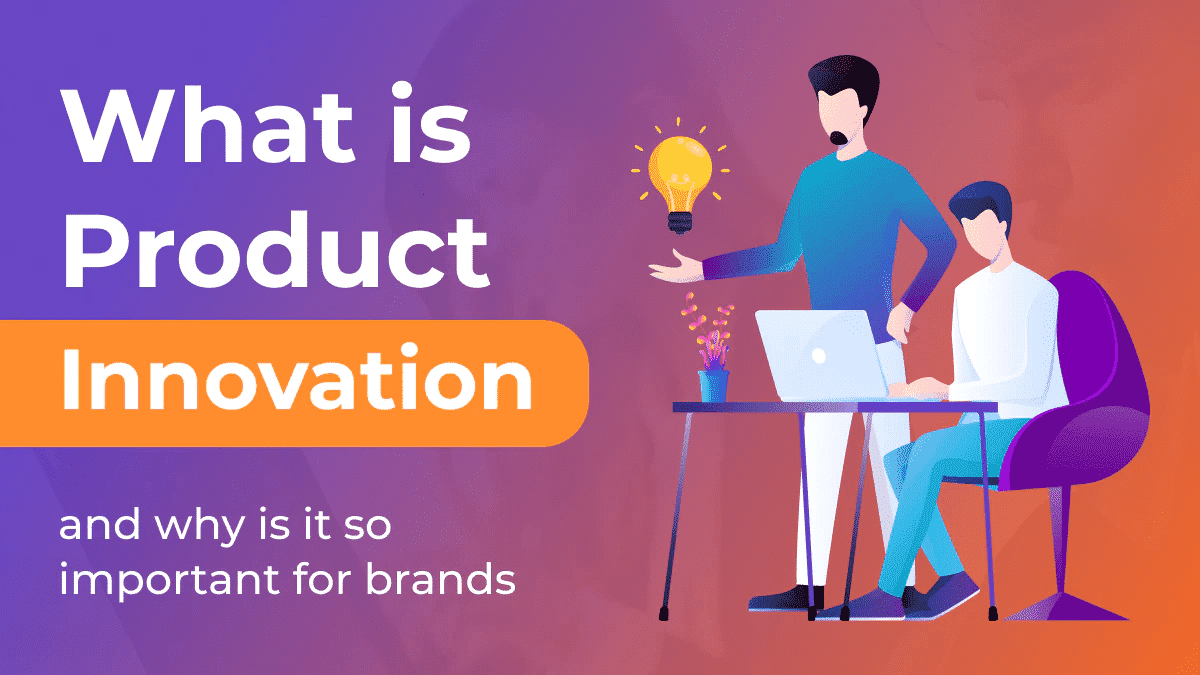
About Agile Development
Agile development is a flexible and rapid software development approach that emphasizes teamwork, quick feedback, and continuous improvement. It delivers value through short iteration cycles, each including requirements analysis, design, coding, testing, and deployment. Agile development encourages open communication and collaboration among team members to identify issues and make rapid course corrections. The goal of agile development is to quickly adapt to changes, meet customer needs, and continuously optimize the product. By adopting agile development methods, organizations can better respond to market changes, improve software development efficiency and delivery quality, and enhance their competitiveness.
-
Individuals and interactions over processes and tools
-
Working software over comprehensive documentation
-
Customer collaboration over contract negotiation
-
Responding to change over following a plan
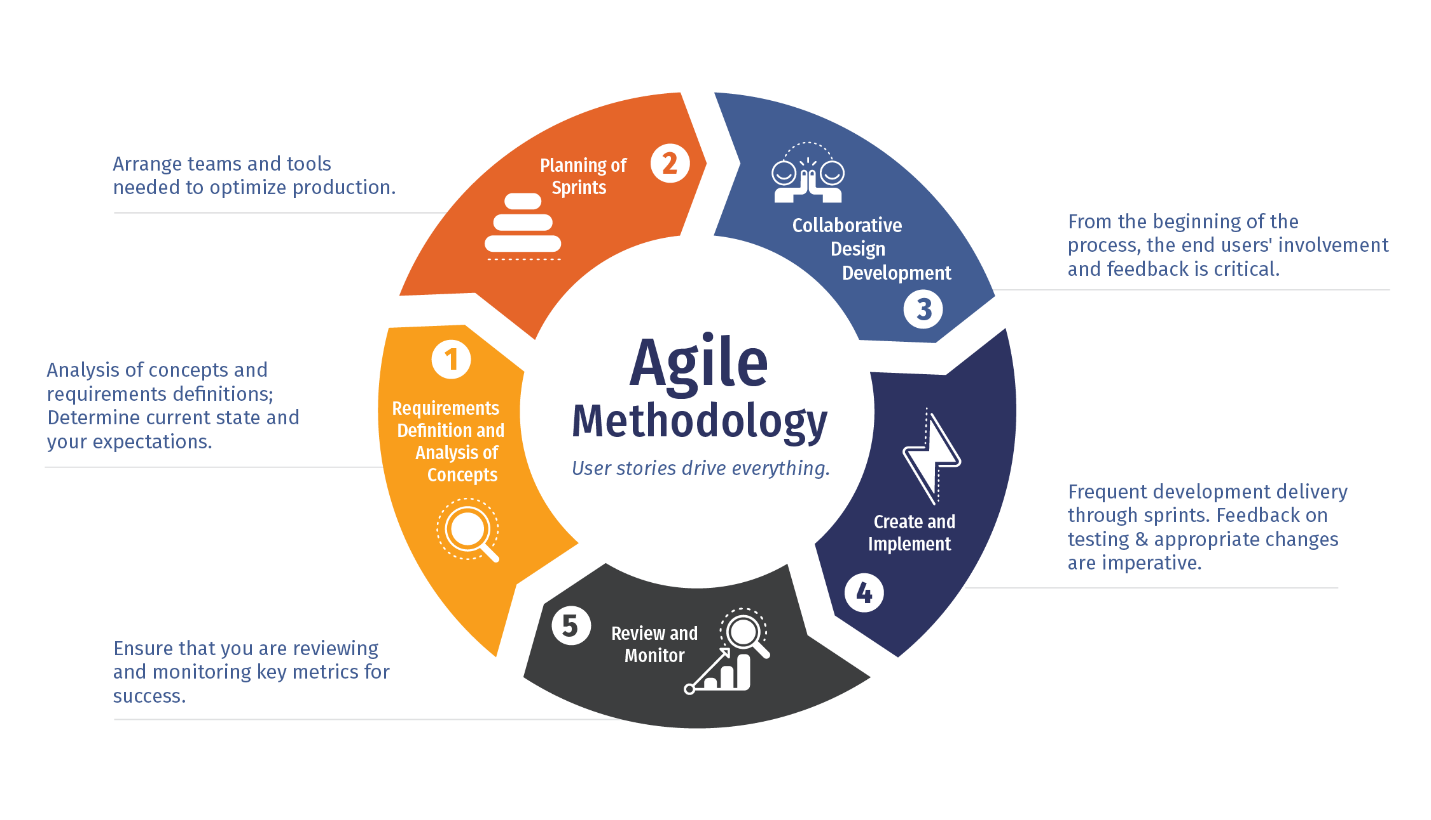
About Technical Engineering
Software development guidance is a critical factor in ensuring project success and quality. In order to meet business needs, the development team needs to master multiple coding languages and technology frameworks, and be able to choose the most suitable technology based on project needs. At the same time, software development guidance also needs to pay attention to the latest developments in technology and encourage team members to continuously learn and try new technologies to remain competitive.
In addition, software development guidance also needs to take into account the technical debt that may exist within the organization. These legacy systems may use outdated technology but still need to be maintained and supported. Therefore, guidelines need to emphasize the management of technical debt and develop corresponding maintenance plans and upgrade strategies to ensure system stability and sustainability.
-
Software development guidance is the key to project success.
-
Mastering multiple languages and frameworks is essential.
-
Staying up-to-date with the latest technology trends is necessary.
-
Managing technical debt to ensure system stability.

About System Architecture
Helping clients design system architectures that align with their business perspective is one of our core values in the field of software development. We understand that a successful system architecture must not only meet technical requirements, but also align with business objectives. Therefore, we work closely with clients to gain a deep understanding of their business needs and strategic vision, and then design system architectures accordingly.
We utilize advanced tools and technologies to ensure the efficiency, stability, and security of the system. At the same time, we focus on scalability and flexibility to accommodate future business changes. This kind of design not only reduces technical risks, but also helps clients achieve their business goals.
We are well aware that a system architecture that aligns with business is crucial for client success. Therefore, we always maintain a keen insight into market and industry dynamics to meet clients' evolving needs. Through our professional services, clients are better able to tackle business challenges and achieve sustainable growth.
-
Helping clients design business-aligned system architectures is our core focus.
-
We use advanced tools and technologies to ensure system efficiency and stability.
-
Scalability and flexibility are key to fit future business changes.
-
Meeting evolving client needs with professional services is essential for success.

About Database Optimization
In today's information age, the performance of databases is crucial to business operations. As a professional database optimization service provider, we are committed to helping clients solve database performance issues and improve business efficiency.
Our optimization efforts cover multiple aspects. First, we conduct an in-depth understanding of clients' business needs and database usage, analyzing performance bottlenecks in the database. Second, based on the analysis results, we provide targeted optimization recommendations, such as improving query statements, adjusting database structures, optimizing indexes, and more. Additionally, we provide professional training and guidance to help clients establish reasonable database usage habits and norms.
Through our professional services, clients can achieve faster and more stable database performance, promote business processing speed and response time. This not only enhances client satisfaction but also saves clients unnecessary hardware and bandwidth costs.
Choose us to give your database performance a comprehensive boost and protect the sustainable development of your business.
-
SQL optimization:SQL statements are the main way to query databases. Therefore, writing efficient SQL statements is an important aspect of database optimization. This can be achieved by optimizing query statements, reducing full-table scans, reducing the amount of data read, using indexes, optimizing JOIN operations, and more.
-
Index optimization:Indexes are an important means of improving database query speed. Creating and using indexes reasonably can greatly improve query speed. However, too many indexes can lead to performance degradation of write operations, so indexes should be created according to actual circumstances.
-
Hardware optimization:Database performance can be improved by upgrading hardware. For example, using faster hard disks, increasing memory, using multi-core processors, and more.
-
Database structure optimization:The structure of the database has a great impact on database performance. For example, designing the structure of tables reasonably, normalizing the database design, avoiding data redundancy, and more.
-
Caching optimization:Database caching can reduce disk access times and improve database performance. Database performance can be improved by using cash reasonable
-
Database configuration optimization:The configuration parameters of the database also have a great impact on database performance. Database performance can be improved by adjusting configuration parameters.
-
Concurrency control:Concurrency control can avoid conflicts when multiple users access the same data simultaneously and improve database performance.
-
Database maintenance:Regularly maintaining the database, such as cleaning up old data, repairing tables, etc., can maintain database performance.
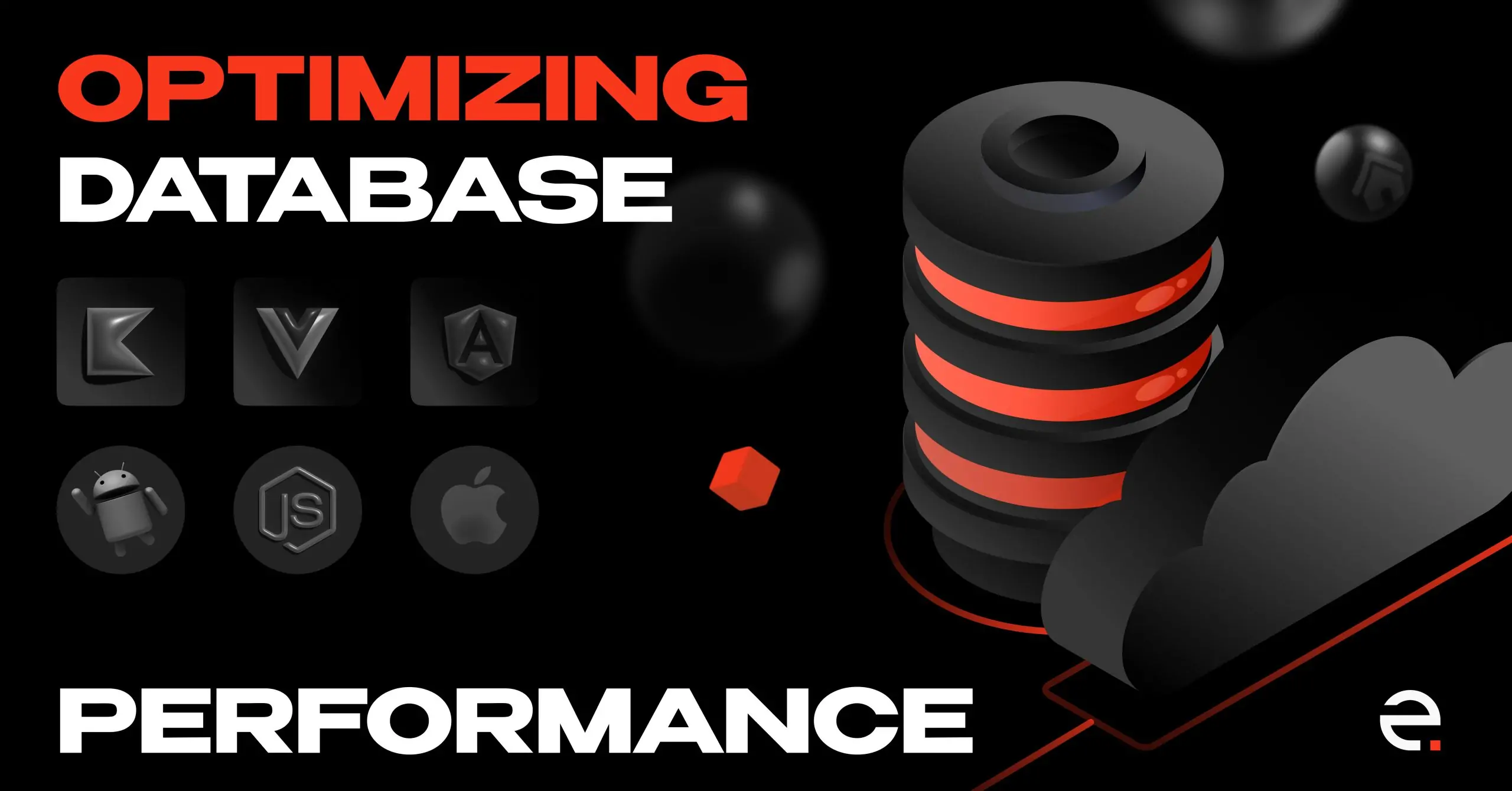
About Network Security
The importance of system network security cannot be overstated. In today's digitalized world, the risks of cyberattacks and data breaches are constantly increasing. A secure system safeguards a company's core assets and customer information, preventing potential economic losses and reputational damage. Additionally, network security serves as the foundation for digital transformation. Only within a secure network environment can companies confidently pursue business innovation and growth. Therefore, companies should place a high priority on network security, implementing effective measures to protect system and data security. This includes establishing robust security policies, implementing rigorous security controls, and conducting regular security audits and risk assessments. Only by doing so can companies remain resilient against cyberattacks and ensure sustainable business development and customer trust and loyalty.
-
Conduct regular security audits and vulnerability scans to promptly discover and repair potential security risks
-
Implement strict access control policies to limit access to sensitive information and ensure that only authorized personnel can access relevant data
-
Use powerful encryption technology to encrypt and store data to ensure data security during transmission and storage.
-
Establish a comprehensive backup and recovery plan to prevent data loss or system failure.
-
To prevent malicious attacks, deploy firewalls and intrusion detection systems to monitor network traffic and abnormal behaviors and respond promptly.
-
Conduct safety training for employees regularly to improve their safety awareness and response capabilities.

About High Concurrency
High concurrency may cause customers to experience slow system response or timeout, affecting user experience. When a large number of users access the system at the same time, if the system processing capacity is insufficient, request waiting times will be prolonged, page loading will be slow, and even freezes or crashes may occur. This unstable system performance may make users lose patience, reduce trust in the system, and even lead to user churn. Therefore, in high-concurrency scenarios, customer experience is an issue that needs to be focused on. In order to improve customer experience, the system needs to have sufficient processing capabilities to quickly respond to user requests and ensure stability and availability. At the same time, it is also necessary to optimize the system architecture and algorithms to improve data processing efficiency and reduce delays and waiting times. In addition, providing friendly error prompts and feedback mechanisms are also important means to improve customer experience. When there is a problem with the system, it can promptly inform users and provide solutions, which helps to enhance users' trust and loyalty.
-
Hardware upgrade: For ordinary servers, if the access ratio is very large, especially if the concurrent communication is high, then a higher-performance dedicated server must be configured.
-
Load balancing: Distribute requests to each server in the cluster according to a certain load policy, allowing the entire server group to handle website requests.
-
Server cluster: Multiple servers are gathered together to provide the same service. They communicate through the network and jointly carry the request pressure of a website.
-
Database read-write separation: Let the master database handle transactional add, modify, and delete operations, while the slave database handles SELECT query operations.
-
Database table splitting technology: When a piece of data reaches several million, the time spent on one query will increase. The purpose of table splitting is to reduce the burden on the database and shorten the query time.
-
Tables are indexed accordingly: Use indexes to quickly access specific information in a database table.
-
Page staticization: The front desk is completely static, and there is no need to access the database at all.
-
Caching technology: Store dynamic data in cache files, and dynamic web pages directly call these files without accessing the database.
-
Ban external hotlinking: Hotlinking of pictures or files from external websites often brings a lot of load pressure, so external hotlinking of your own pictures or files should be strictly restricted.
-
Control the download of large files: Try not to provide downloads of large files exceeding 2M. If you need to provide them, it is recommended to place the large files on another server.

About Organization & OA flow
First, a good organizational structure can improve work efficiency. A clear and orderly organizational structure can help employees clarify their responsibilities and tasks, reduce crossover and overlap, and thereby improve overall work efficiency. At the same time, reasonable division of labor and collaboration mechanisms can give full play to employees' strengths and improve individual and team performance. Secondly, process management can optimize operational efficiency. Through process optimization and process reengineering, companies can eliminate waste, reduce costs, and improve response speed. Process management can help enterprises achieve refined management, start with details, and improve operational efficiency and quality. In addition, organizations and processes can enhance a company's competitiveness. An efficient and orderly organization and process can bring more opportunities and resources to the enterprise while reducing risks and costs. This makes enterprises more advantageous and competitive in market competition. To sum up, the advantages of organizations and processes to business are mainly reflected in improving efficiency, optimizing operations and enhancing competitiveness. In order to give full play to these advantages, companies need to continuously optimize their organizations and processes to adapt to market changes and needs.
-
Well-organized structure improves work efficiency.
-
Process management optimizes operational efficiency.
-
Organizations and processes enhance enterprise competitiveness.
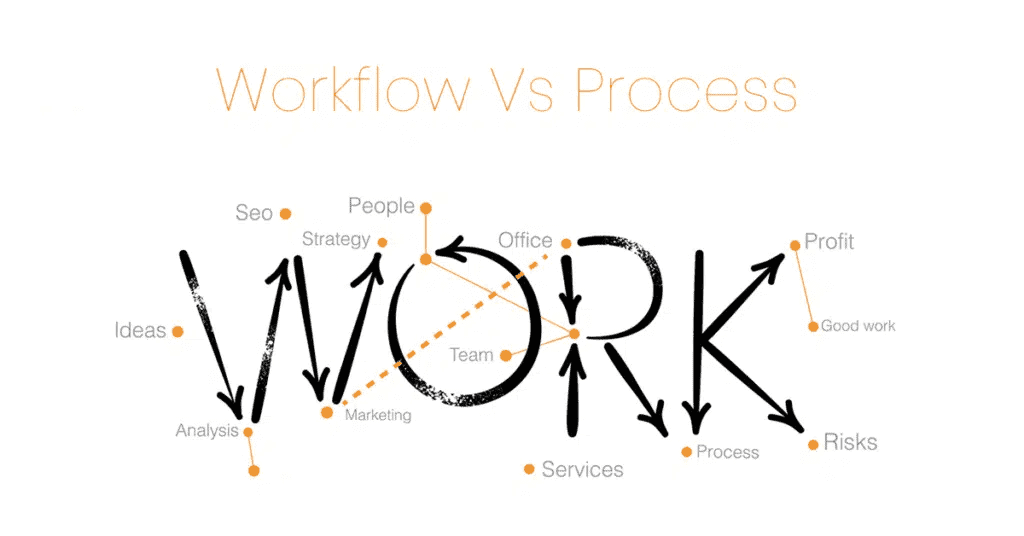
Project Done
Get Award
Happy Client
What We Offer
We always stand in the shoes of our clients, seeking not just efficiency improvements, but overall business optimization. We understand that focusing solely on efficiency while ignoring maintenance costs and feasibility can ultimately cause more trouble for clients. Therefore, we delve into our clients' actual needs, tailor solutions to their unique business characteristics. While enhancing efficiency, we also prioritize balancing maintenance costs and feasibility, ensuring that our solutions are cost-effective, practical, and sustainable. This comprehensive approach aims to provide our clients with more comprehensive and long-term support, truly achieving win-win cooperation.
Client-first: This means putting the client's interests first and always being guided by their needs and satisfaction.
Empathy: Standing in the shoes of the client and understanding their needs and challenges, providing solutions that align with their expectations.
Tailored approach: Creating personalized services and solutions based on the client's specific circumstances and requirements, meeting their unique needs.
Full-service: Providing comprehensive support throughout the process, including initial consultation, solution development, implementation, and post-implementation support, ensuring the client receives comprehensive and thoughtful service throughout.
Value creation: Committed to creating more value for the client, by delivering exceptional consulting services that help them achieve business growth and development.